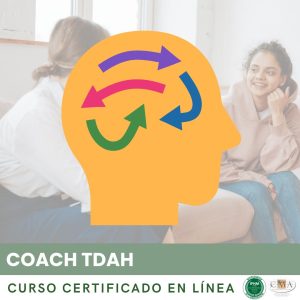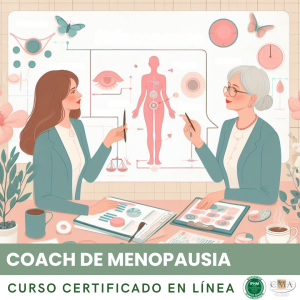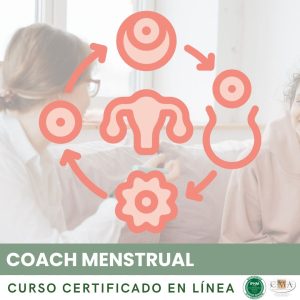
Practical sheets and guides are indispensable tools for structuring and optimizing laughter therapy sessions. They allow the laughter therapist to meticulously prepare the course of the workshops, to follow a coherent progression and to offer a quality experience to the participants.
The descriptive sheets of the exercises and laughter games are a core element. They detail for each activity the target objectives, the necessary material, the precise instructions, the possible variations, and the points of vigilance. They serve as a memory aid for the facilitator and allow him to easily adapt according to the available time, the number of participants or their energy level. It is wise to classify these sheets by type of exercise (warm-ups, breathing, simulated laughs, interaction games, relaxations …) and by difficulty level in order to chain them in a fluid and progressive manner.
Session animation guides and standard session scripts are another valuable tool. They offer complete courses of workshops, from welcoming participants to the final debriefing, through various exercise sequences. These guides are especially useful for beginners or for facilitating sessions on specific themes. They help to structure thoughts, reassure and gain fluidity. With experience, the laughter therapist can break free to improvise more, but they remain an excellent starting point.
For example, an animation guide for a business laughter session could include:
– A time of inclusion and fun presentation to create connection
– Breathing exercises and body warm-ups to get in condition
– A series of interactive laughter games to stimulate team cohesion
– A laughter meditation time to reconnect with oneself and let go of the mind
– A time of exchange and feedback to anchor the benefits of the session
Evaluation and participant follow-up materials are also essential. They notably include satisfaction questionnaires to be filled in at the end of each session to collect reviews and suggestions for improvement. Observation grids allow noting the progress of each individual session after session, for example on criteria such as ease of laughter, creativity or initiative. Individual follow-up sheets can be offered to participants for them to evaluate their own progress and set objectives. All these tools support a process of continuous improvement and personalization of support.
To design these various materials, the laughter therapist can draw inspiration from existing resources, such as books (module 8.6) or specialized training. It is important to adapt them to your own style of animation and the profile of your participants. Special care must be taken in the visual presentation of the documents, using colors, pictures and a fun and attractive layout. This strengthens the brand identity of the laughter therapist and the engagement of the participants.
Finally, it is interesting to digitize these materials gradually using applications and digital tools (module 8.7). Exercise sheets can be listed in an online database, session scripts shared on a drive, satisfaction questionnaires administered via a web form. This facilitates the management, sharing, and updating of content, while reducing the environmental impact.
In summary, practical sheets and guides are the backbone of animation in laughter therapy. They provide a structuring and reassuring framework while leaving flexibility for adaptation. Associated with other resources such as games (module 8.3), accessories (module 8.1) or audiovisual aids (module 8.2), they allow designing sessions that are rich, varied and perfectly calibrated. Their creation requires an initial effort of conception, but this investment is largely offset by the time and efficiency they bring to the laughter therapist in his daily practice. They are the key to a smooth, professional, and impactful animation in service of laughter and the well-being of the participants.
Points to remember:
– Descriptive sheets of laughter exercises and games are essential for structuring sessions. They detail the objectives, materials, instructions, variations, and vigilance points of each activity.
– Animation guides and standard session scripts offer complete courses of workshops. They are especially useful for beginners or for facilitating sessions on specific themes.
– Evaluation and participant follow-up materials, such as satisfaction questionnaires, observation grids and individual follow-up sheets, support a process of continuous improvement and personalization of support.
– To design these materials, the laughter therapist can draw inspiration from existing resources, adapting them to his animation style and the profile of the participants. A well-cared and fun visual presentation boosts engagement.
– The gradual digitization of these materials, thanks to digital tools, facilitates their management, sharing, and updating, while reducing the environmental impact.
– Combined with other resources (games, accessories, audiovisual aids), practical sheets and guides allow designing rich, varied and calibrated sessions, for a smooth, professional and impactful animation in favor of participants’ well-being.
👉 To download docx (Editable) file click here : Click here
👉 To download PDF file click here : Click here
👉 To download MP3 file click here : Click here





